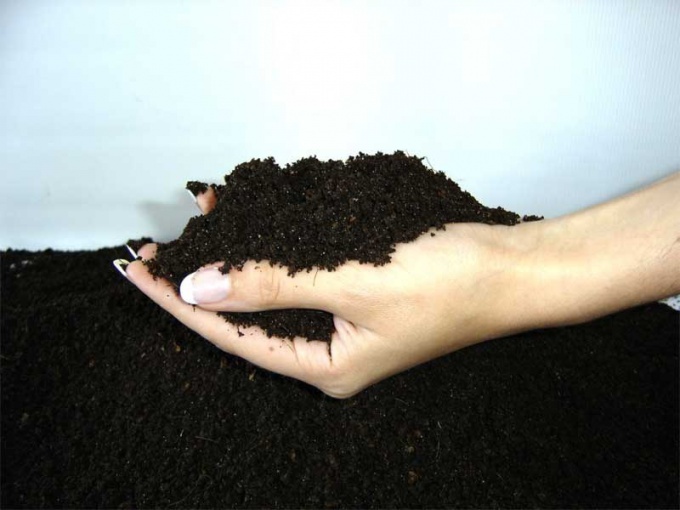You will need
- - the soil sample.
Instruction
1
To obtain accurate results, take a sample of the earth and give it to a special lab. A sample of soil from the area take to fertilizing and carrying out liming.
2
To do this, in different places of the land with a shovel dig pits (this is the depth of desired plants for food and free accommodation) and from the wall of each fossa scrape up from the bottom a thin layer of soil. Land put in a bucket, mix thoroughly, and not less than 1 kg of the mixture take it to the lab.
3
Please note that accuracy of analysis is affected by the time when you spend a sample of the soil. It needs to be done before or after the vegetation period, i.e. in early spring (before fertilization) or late fall, after 2 months after the last fertilizer application.
4
If you are not able to pay for the services of the laboratory to determine the type of soil on the eye and to the touch. So, dark mail are considered more fertile, no wonder there is such a term as "black earth". They contains a lot of humus, giving it a dark gray color.
5
Almost black color have the peat soil, this is due to the large content of organic matter. Yellowish-gray color characteristic of sand beds and light brown to loamy soil. Clay can be many different colors, from brown and reddish to whitish.
6
To determine the typeand soil to touch, RUB a handful of moist but not wet earth between your fingers. If the soil is not sticky and rolls into a ball, in front of you is sandy loam or sandy soil, and if you slipping, then you are dealing with a sandy loam.
7
Clay soil is easy to determine if to try to roll a handful of soil into a sausage and then bend the ring. Be - in front of you is clearly clay.
8
To determine the quality of the soil , while the plants growing on the site. For example, chamomile, daisies and white clover is typical for a poor and lean soil. And horsetail, mother and stepmother and buttercups indicate heavy and wet ground.
